Tag: WW2
-

Dubh-Sgeir Mhor — The Black Rock
Breathe in that salty air! This view is across the narrow channel separating Eilean a’Chaoll from the Talmine mainland. The rugged foreshore displays vibrant yellow lichen and delicate pink thrift clinging to the rocks. Beyond, the Atlantic Ocean extends towards the distant Eilean nan Gaill, or Rabbit Islands. But in between, there lies the foreboding…
-

Easterside Hill, the sleeping behemoth
It was a magical moment, ascending from the sombre depths of Bilsdale up Newgate Bank, when we emerged into a realm of brilliance and lucidity, with a cloudless azure sky adorning the western horizon. And the formidable hogback of Easterside Hill loomed above the cloud like a sleeping behemoth. While the mist persisted in the…
-
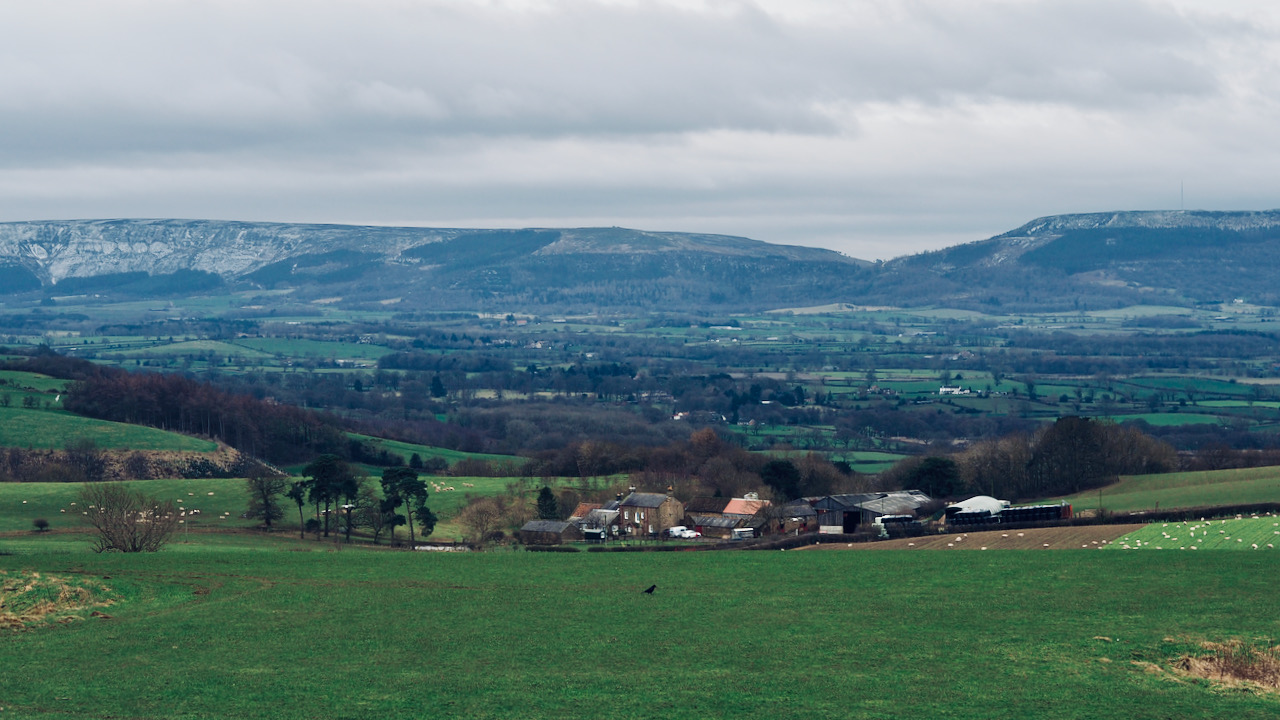
The Great Ayton Scallywags
A certain topic that has occupied my thoughts for some time is an Auxiliary Unit Patrol that was stationed in Great Ayton during World War II. This covert unit differed significantly from the stereotypical ‘Dad’s Army.’ I recall hearing at some point that, in the event of a German invasion, the anticipated life expectancy for…
-
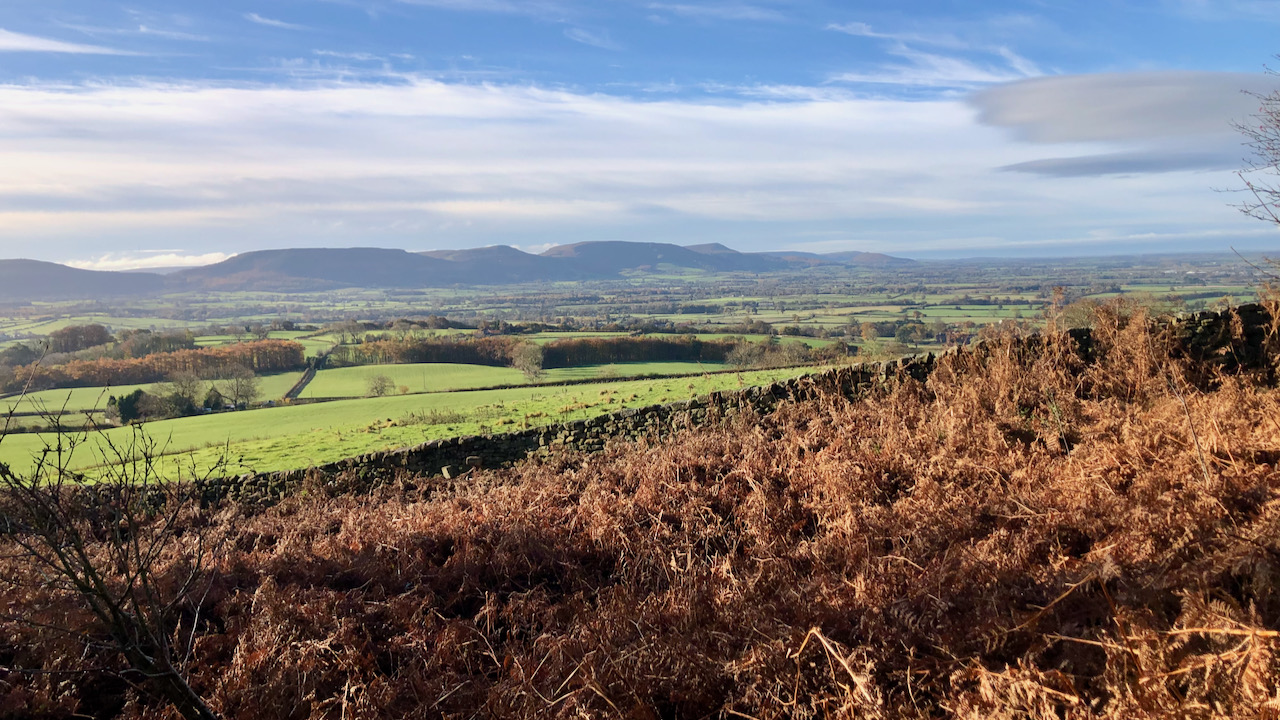
Remembrance Sunday on Easby Moor
On Remembrance Sunday, a brisk stomp picking up the memorial on Easby Moor for the solemn service by the Cleveland Mountain Rescue Team has become an unspoken tradition. A simple plaque there pays tribute to the unfortunate crew aboard a Hudson airplane, their three lives ending on a bitter February morning in 1940. They had…
-
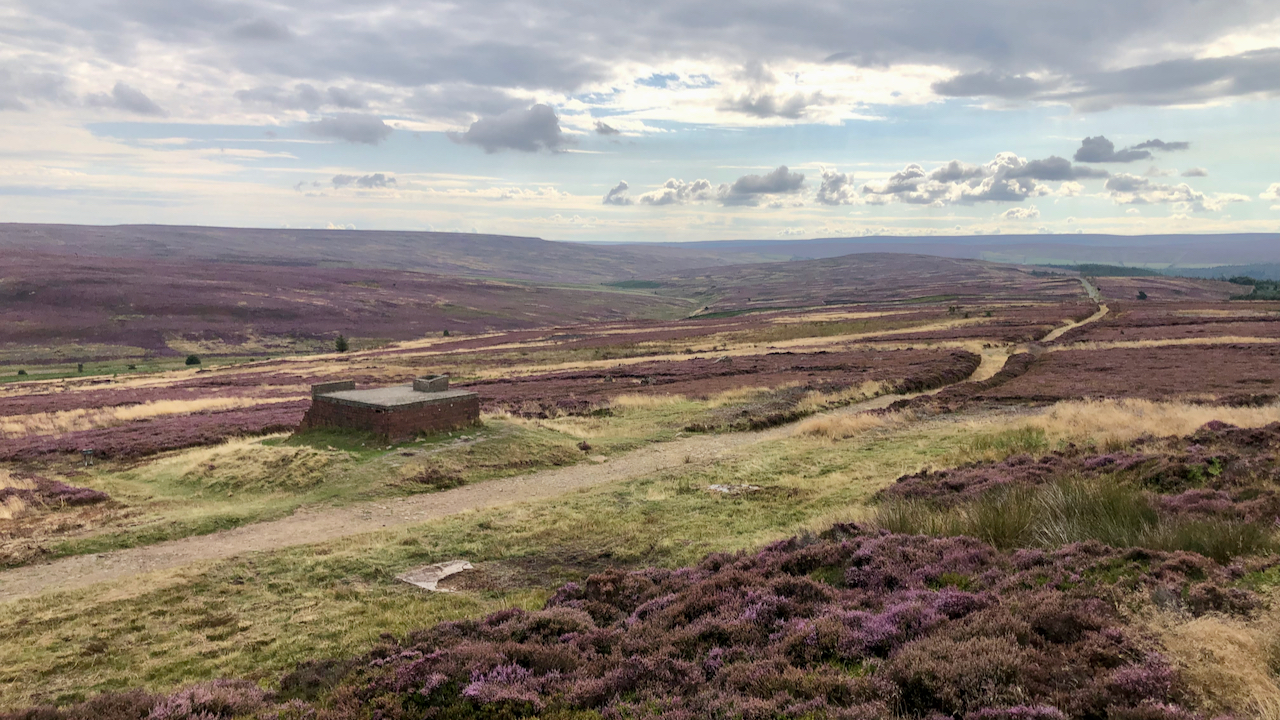
Fishy WW2 code-names
A view down from above the WW2 Starfish Decoy Command Bunker on Hutton Moor down Codhill Slack, or Rivelingdale to use its medieval name. Starfish seems a strange name to have used for decoys created to simulate burning British cities. I guess a secret code-name should be completely unrelated to the operation or else it…
-
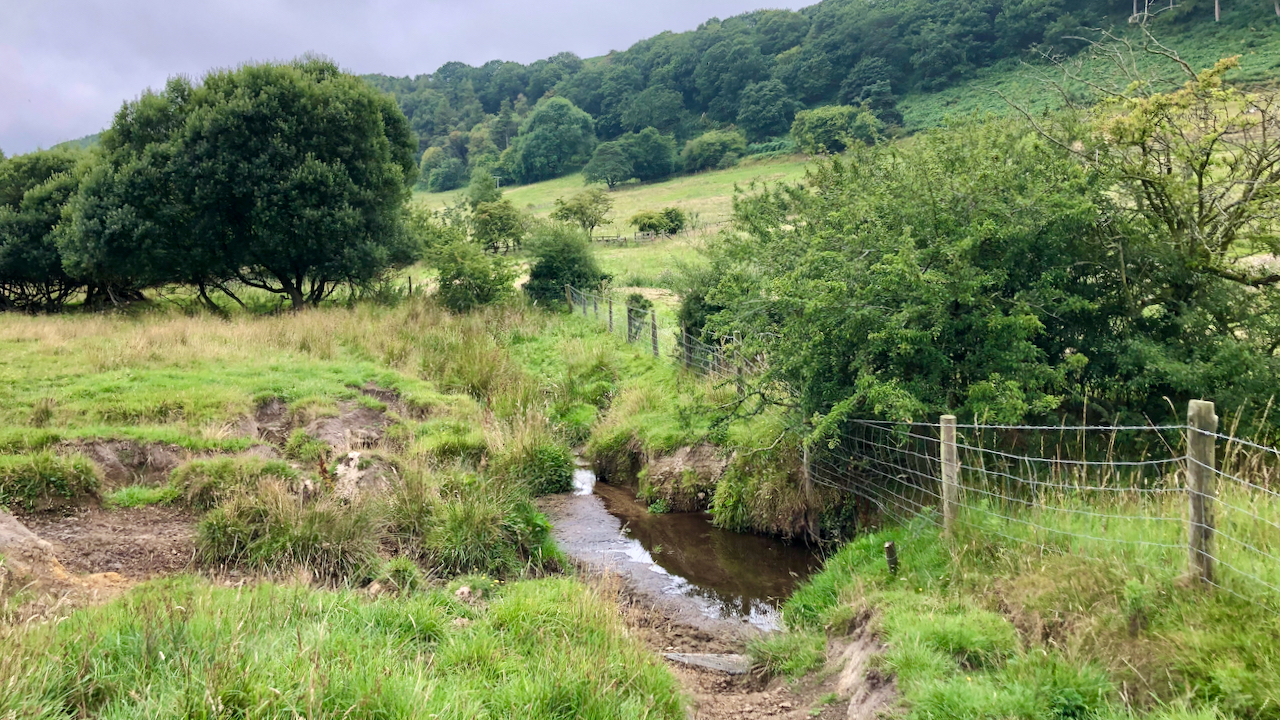
Crosscliff Beck
Volunteering with the National Trust at the furthest corner of what must be their remotest property. The task today was to repair the post and wire fencing along their boundary with Newgate Foot farm and to remove any overhanging branches from the alder and willow tress which align the beck. The boundary, actually along the…
-
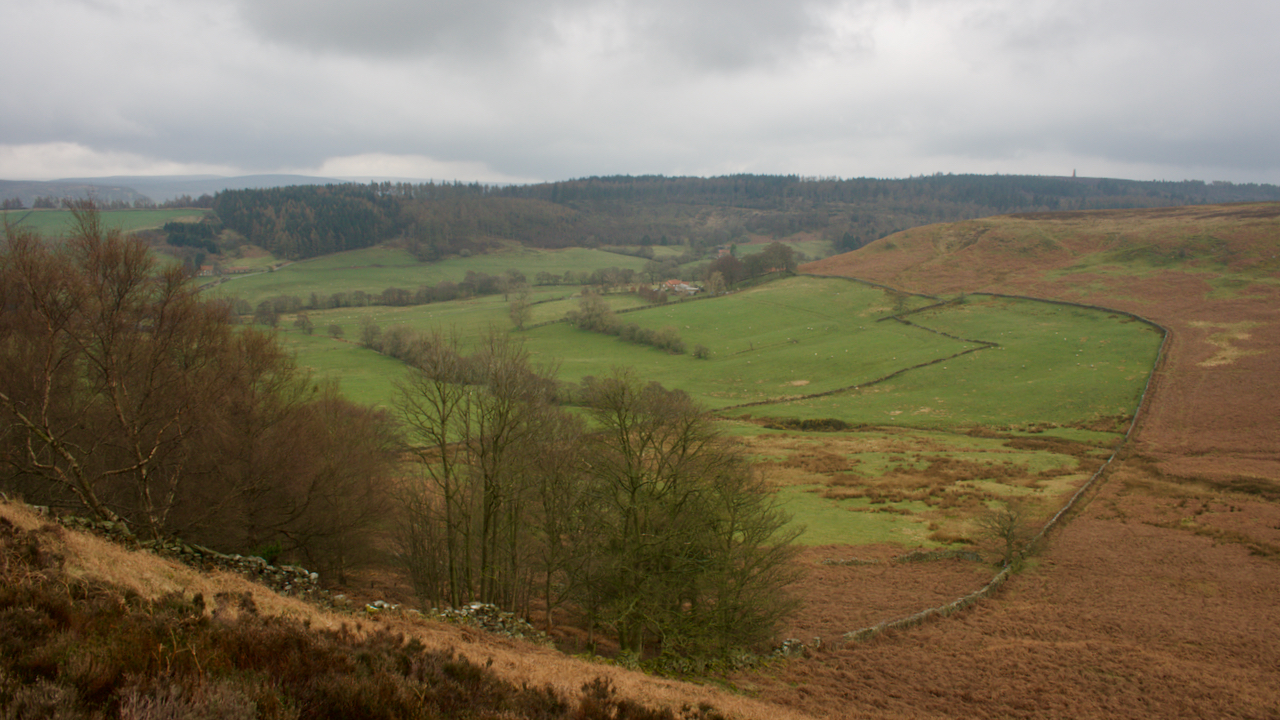
Samuel Liddle 1919-1944
A few weeks ago I wrote about 16-year-old Mary Liddle who, in 1930, was awarded the R.S.P.C.A.’s Gold Medal for her bravery in helping to rescue a sheep from a disused stone mine. Adam and Elizabeth Liddle with their family of eight children were living at Lonsdale House Farm (now called Oak Tree Farm). That’s…
-
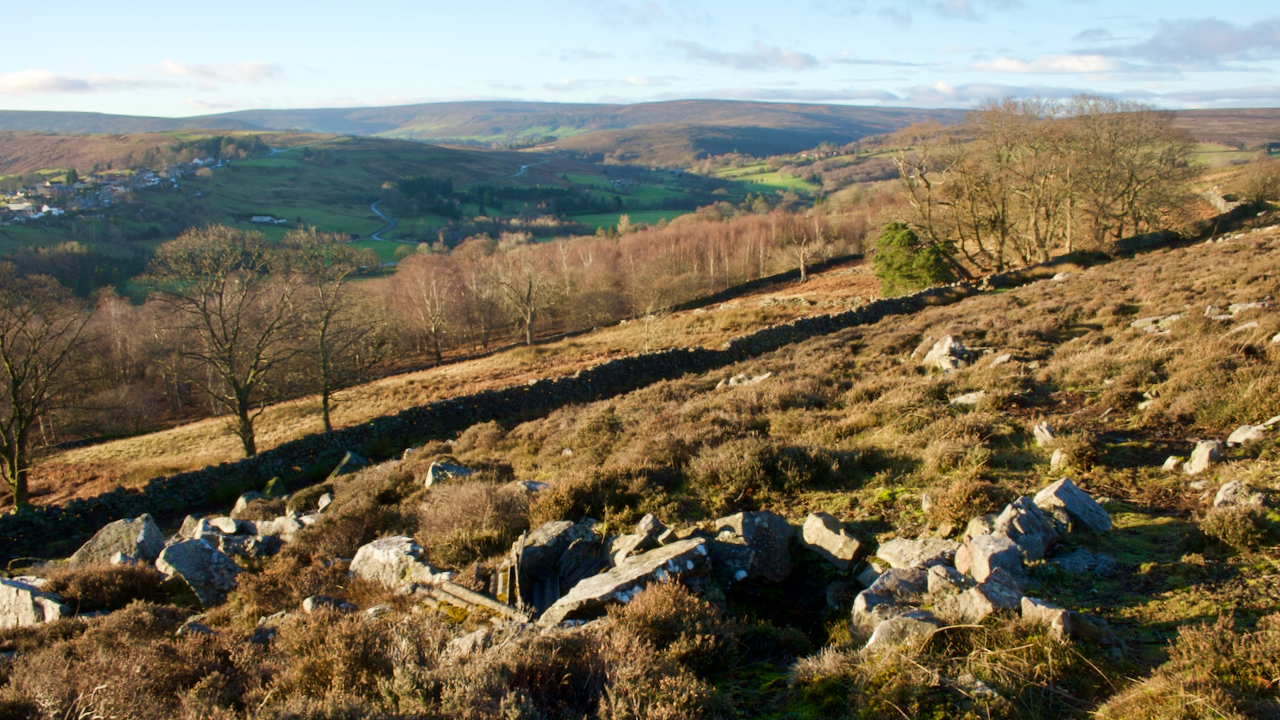
Scallywag hideout
A few weeks ago I had a tip off about a WW2 ‘Auxiliary Unit‘ operations base above Danby Park overlooking Castleton (thanks, Chris). This would have been the hideout for a special detachment of the Home Guard which would have operated as a guerrilla force in the event of a German invasion. Although these were…
-
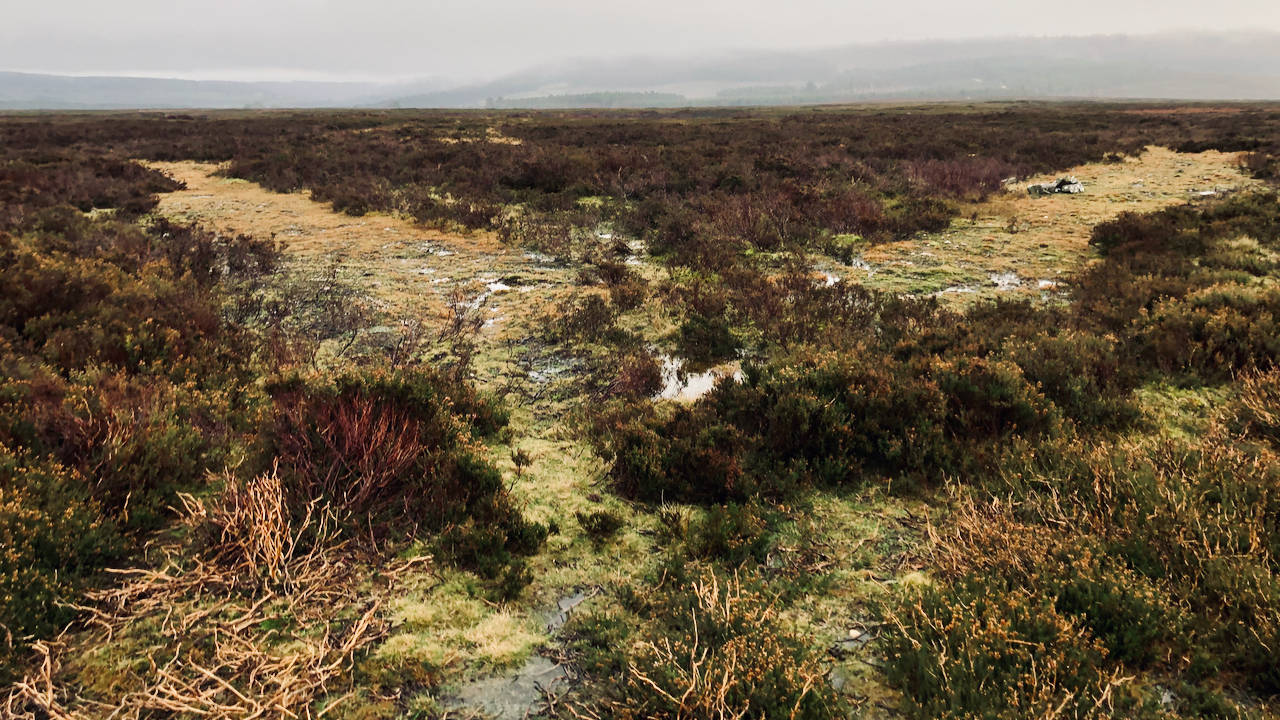
Moorland isosceles triangle
A strange feature to come across in the middle of a grouse moor. What appear to be two tracks, coming together at an angle of precisely 60°. The left hand track is about 27 yards long, and meets another track from the right. Again the angle is 60°. Once more, the left hand track is…
-
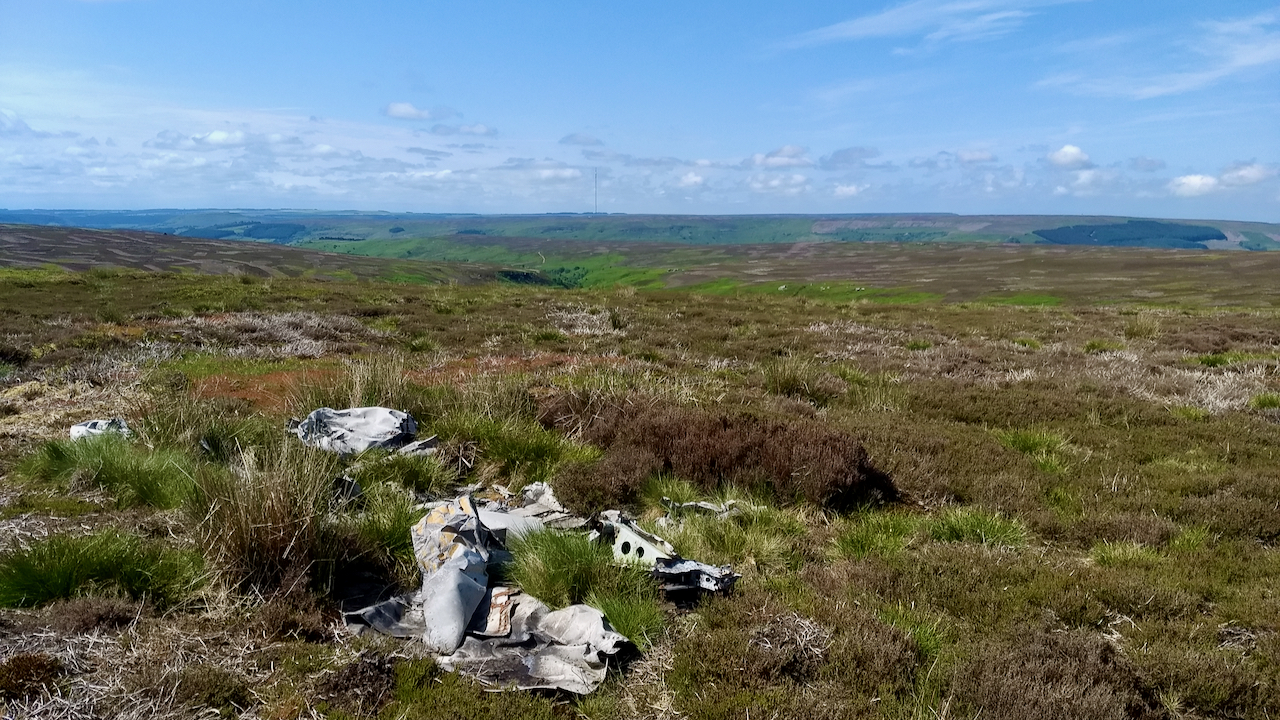
WW2 Aircraft Crash Site, Urra Moor
A return to Urra Moor. Second day in a row. I have been minded to try to find this site for some time. Armed with an eight digit grid reference, it was surprisingly easy to find, the pieces of bleached aluminium had been piled up and acted as a beacon. The wreckage is of an…